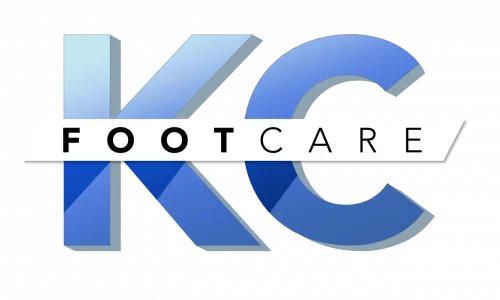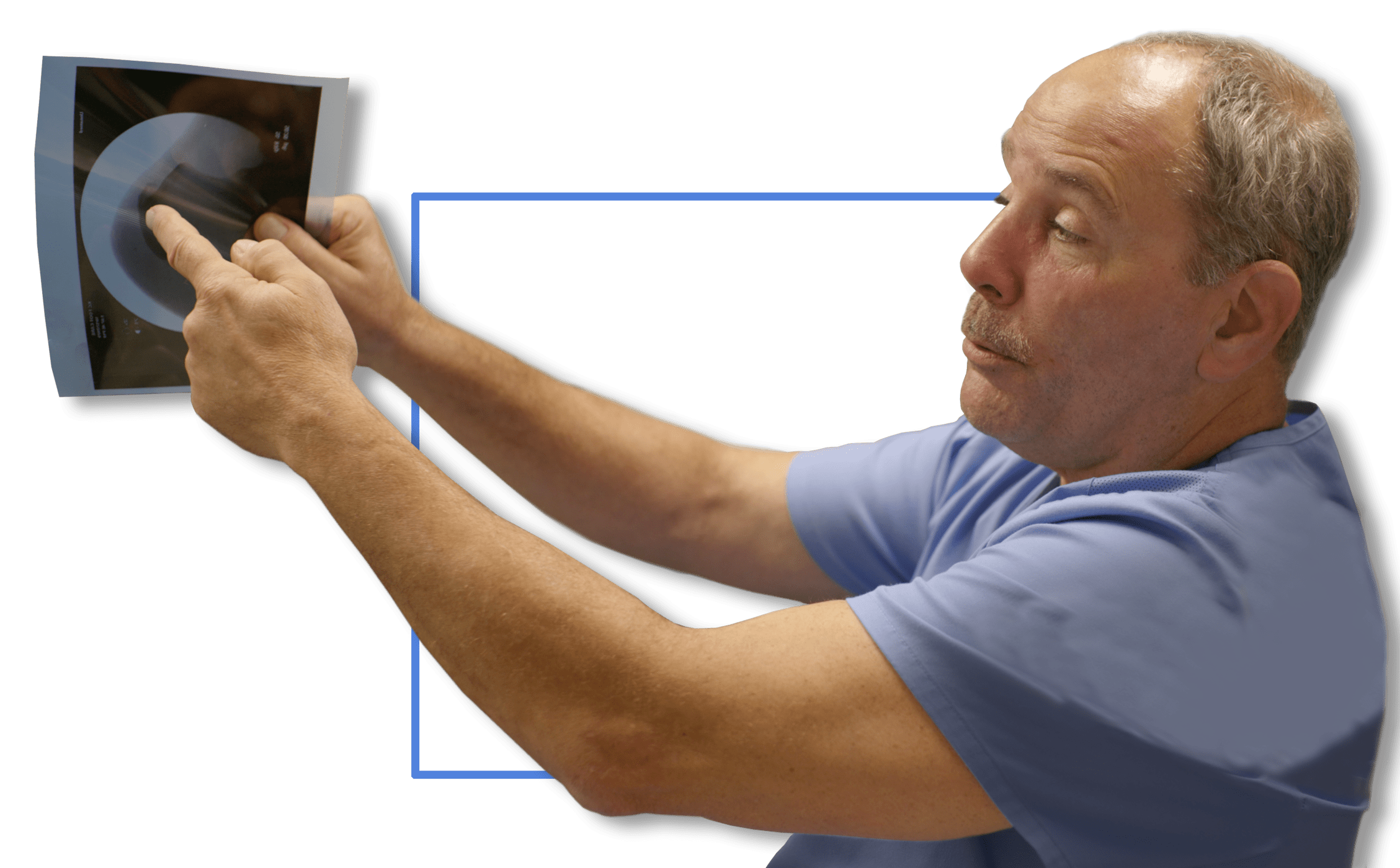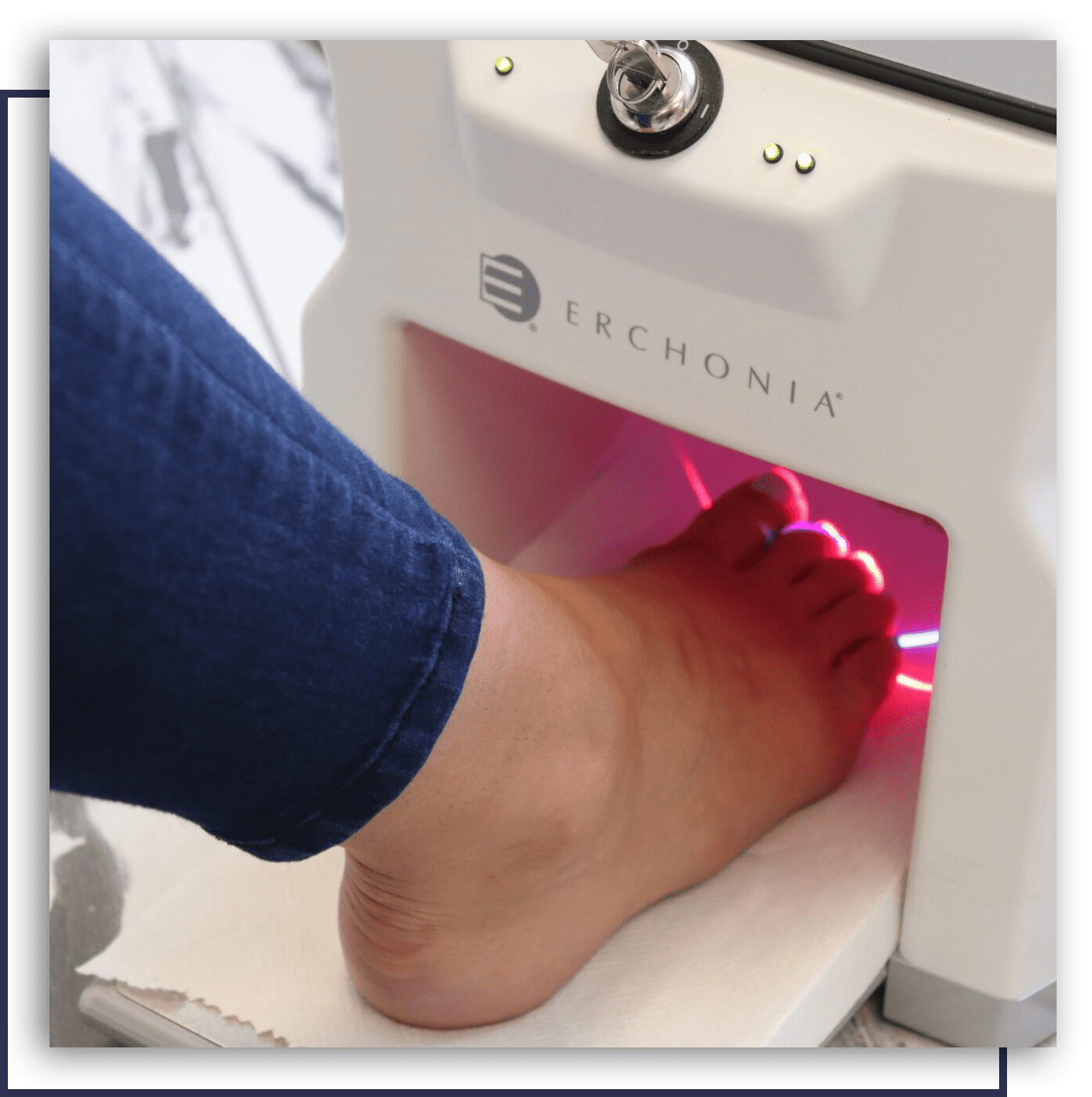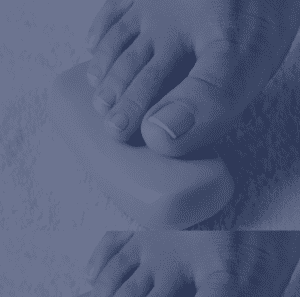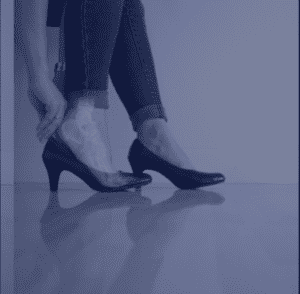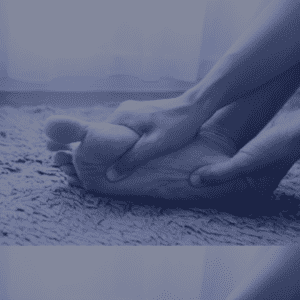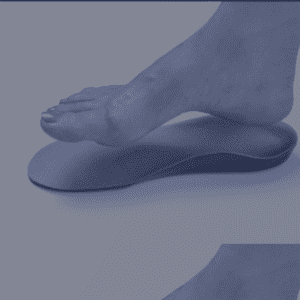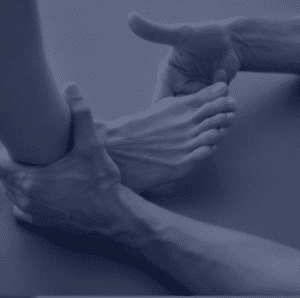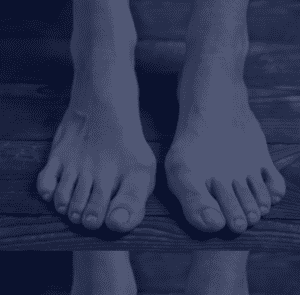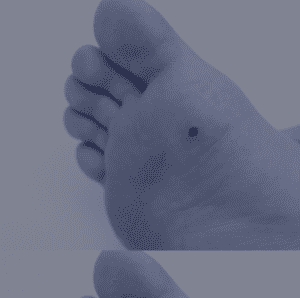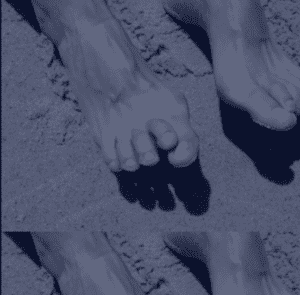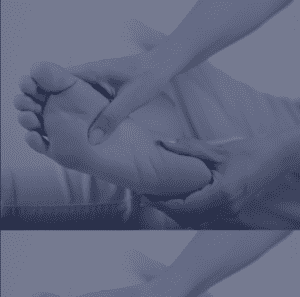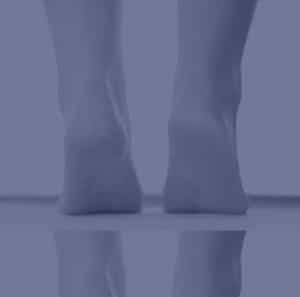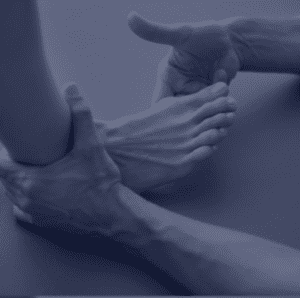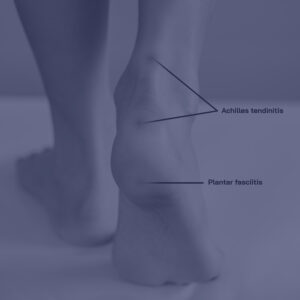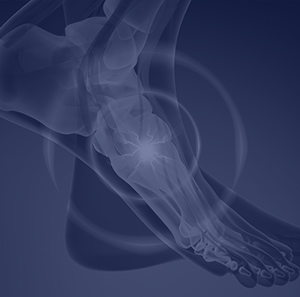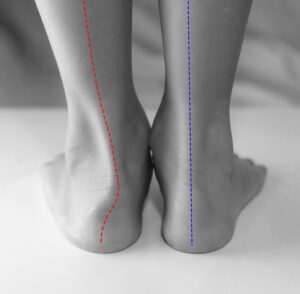NAIL FUNGUS KANSAS CITY
Easily Eliminate Nail Fungus
Nail Fungus treatment is 89% successful
We use Cutting Edge FDA- Cleared Cold Laser
Have any Questions?
Laser Nail Fungus
Treatment FAQs
How effective is the Laser procedure?
Current studies show benefit in 89% of nails. It does take a few months to start seeing healthy nail growth. The laser has received FDA clearance for treatment of nail fungus.
How does the Laser work?
The Lunula Laser uses a revolutionary low-level laser therapy. Safe and effective, Lunula laser is the first and only non-thermal laser to receive FDA 510(k) market clearance. It poses none of the risks and harmful side effects of oral – antifungal medication and is painless, unlike other laser therapies.
What are the benefits of utilizing multiple diode Lunula Laser in treatments of Nail fungus?
1. The 405 nm wavelength of the Lunula Laser provides anti-microbial, antibacterial and anti-fungal effects. This is critical to treatment results. Other lasers only work on the anti-microbial, antibacterial and anti-fungal effects.
2. The Lunula Laser also uses a 635 nm wavelength for treating fungal nails. It offers a distinct advantage over the other lasers in that it also addresses and improves the blood flow to the tissue being treated and creates an immunologic function, which tends to prevent the recurrence of any fungus. This wavelength also induces tissue rejuvenation, increased vascularization, which enables the dual diode approach to accelerate the growth of new clear nail growth.
The Lunula Laser® is the only laser that does these additional features besides eliminating the fungus growth.
What do I do to get my nails ready for treatment?
You will need to remove all polish and lotions from the nail bed area the day before treatment. In addition, we may need to trim the nail before treatment, but we will take care of that if necessary.
What is the care after Laser treatment?
There is no need to take time off work or activities. You can polish the nails or get a pedicure immediately after treatment. However, you will need to spray all of your shoes with an anti-fungal spray to reduce the possibility of re-infection.
How much does Laser Treatment cost?
The treatment plan cost is $650 for one foot and $1100 for both feet.Treatment consists of 4 weekly treatments and follow up visits are at 90 days and 3 more treatments approximately 90 days apart for up to a year.The treatment take between 12 and 24 minutes.This include the initial consultation, any additional laser treatments during the 12 months that may be necessary along with a topical medication called Tolcylen which assist nail health and appearance
